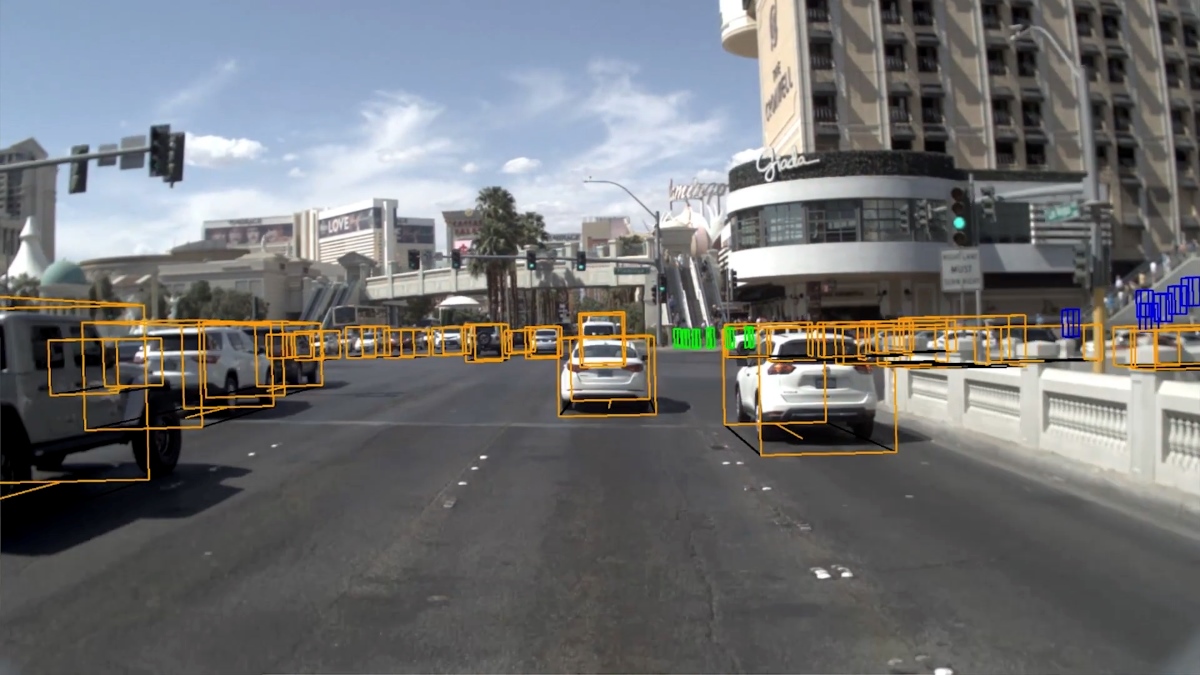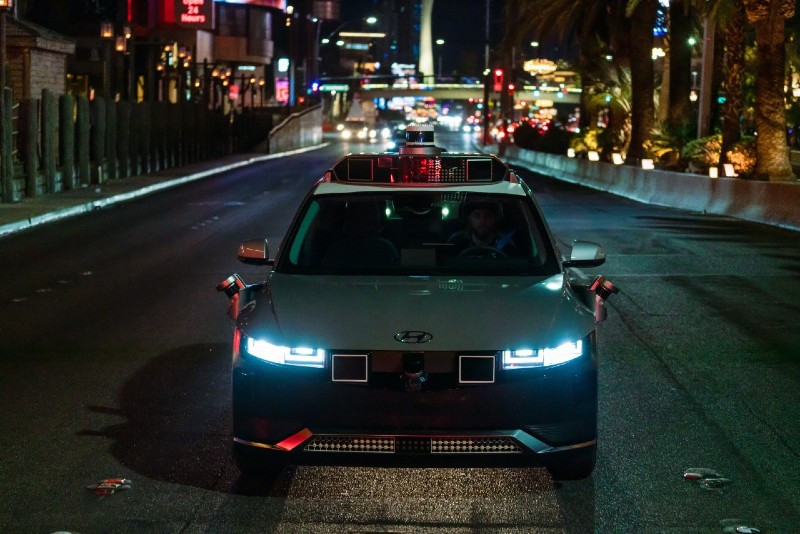#DriverlessEd aims to teach consumers about autonomous vehicles (AVs), everything from the driverless technology that powers them, to the rigorous safety practices and the rider experience.
Be sure to explore the previous three chapters:
Chapter 1: Why Driverless Vehicles?
Chapter 2: The Difference Between AVs and ADAS
Launching a robotaxi service in a community requires more than just a vehicle that drives itself. Because we want our robotaxis to be safe, reliable, and accessible, we have a lengthy checklist to complete before we start to pick up passengers or deliver goods. Robotaxis, after all, are part high-tech computer, part all-electric vehicle, part commercial product. They need to be trained, tested, and permitted. They need a dependable power source and a way to receive regular software upgrades. And we need customers eager to make riding in driverless vehicles part of their everyday routine. In this final chapter of our DriverlessEd series, we will talk about how companies such as Motional get ready to launch a robotaxi service in a new city.
RIDER SAFETY
Nothing is more important than the safety of our passengers, as well as the safety of any drivers, pedestrians, or cyclists moving near our AVs. So before we pick up the first passenger in a new market, we undertake several tasks to ensure our AVs are safe for riders and other road users. Here are a few:
- Test drives: Motional’s robotaxis undergo continuous testing to ensure the technology is ready to handle the challenges of the road. (And if our vehicles do encounter something it hasn’t seen before, we have a way to help them out.) Every market we test in is different and has its own unique features, ensuring diverse data for our vehicles to learn from. For example, Boston’s streets are old, narrow, and curvy. Exotic cars and pedestrians in unusual costumes are frequent sights along Las Vegas roadways. Vehicles in Singapore drive on the left-hand side of the road. San Diego features street-level light rail service and protected bicycle lanes. A Motional IONIQ 5 robotaxi drives by the Marina Bay Sands in Singapore During test rides, we evaluate unique features within the community where we plan to deploy AVs. In Singapore, for example, our vehicles drive on the left-hand side.
- Mapping: Today, drivers can choose between multiple detailed maps available through their smartphones. Robotaxis need a different type of map, however, to operate safely. Using lidar, AVs create a highly detailed 3D image of all the roadways, intersections, even buildings in a new market, so that the onboard computers know exactly where they are at all times.
- Permitting: There is currently no uniform set of federal standards that govern the operation of autonomous vehicles in the U.S. Instead, companies like Motional work with each state and municipality in which we are testing or operating to secure all needed permits. This process includes making sure we can demonstrate that the AVs are capable of operating safely without a driver in the front seat
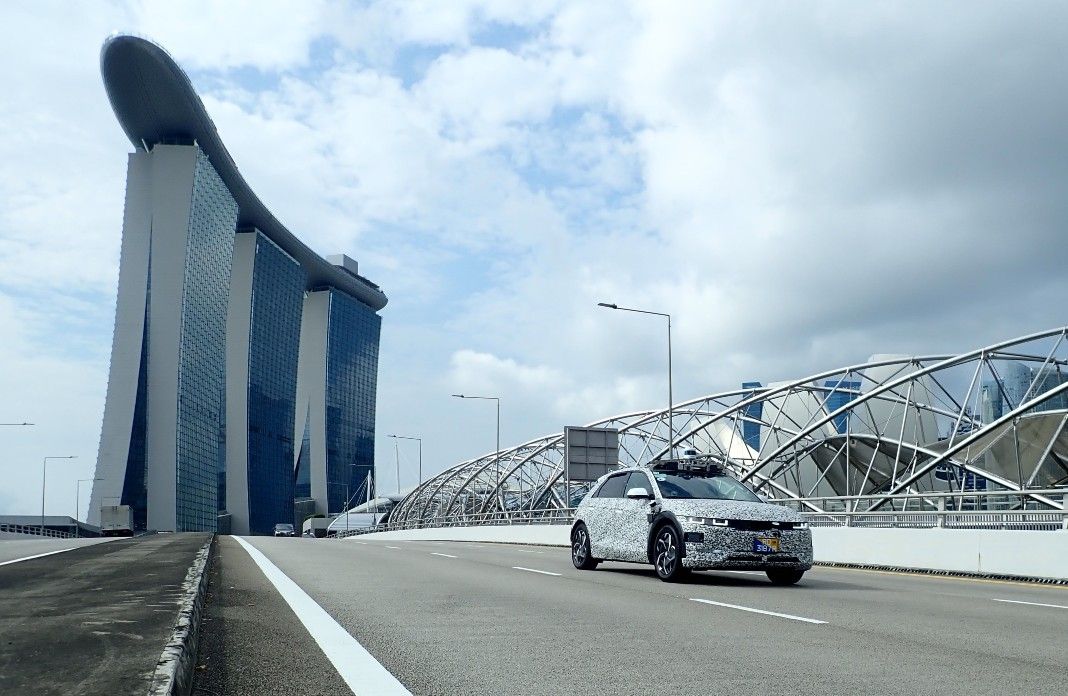
During test rides, we evaluate unique features within the community where we plan to deploy AVs. In Singapore, for example, our vehicles drive on the left-hand side.
INFRASTRUCTURE
Properly supporting a fleet of robotaxis is not something that can be done on a makeshift basis, or set up overnight. The amount of charging stations, data connections, and other infrastructure needed to support the advanced technology means robotaxi companies won’t operate like a traveling roadshow, capable of setting up overnight in a new town.
Motional’s robotaxis, which are built on the Hyundai IONIQ 5, an all-electric crossover, are going to be some of the most-advanced vehicles ever mass-produced. It will feature a specially designed suite of more than 30 sensors including lidar, radar, and cameras, sport a powerful onboard computer system that allows the vehicle to see, think, and drive, and a next-generation battery platform.
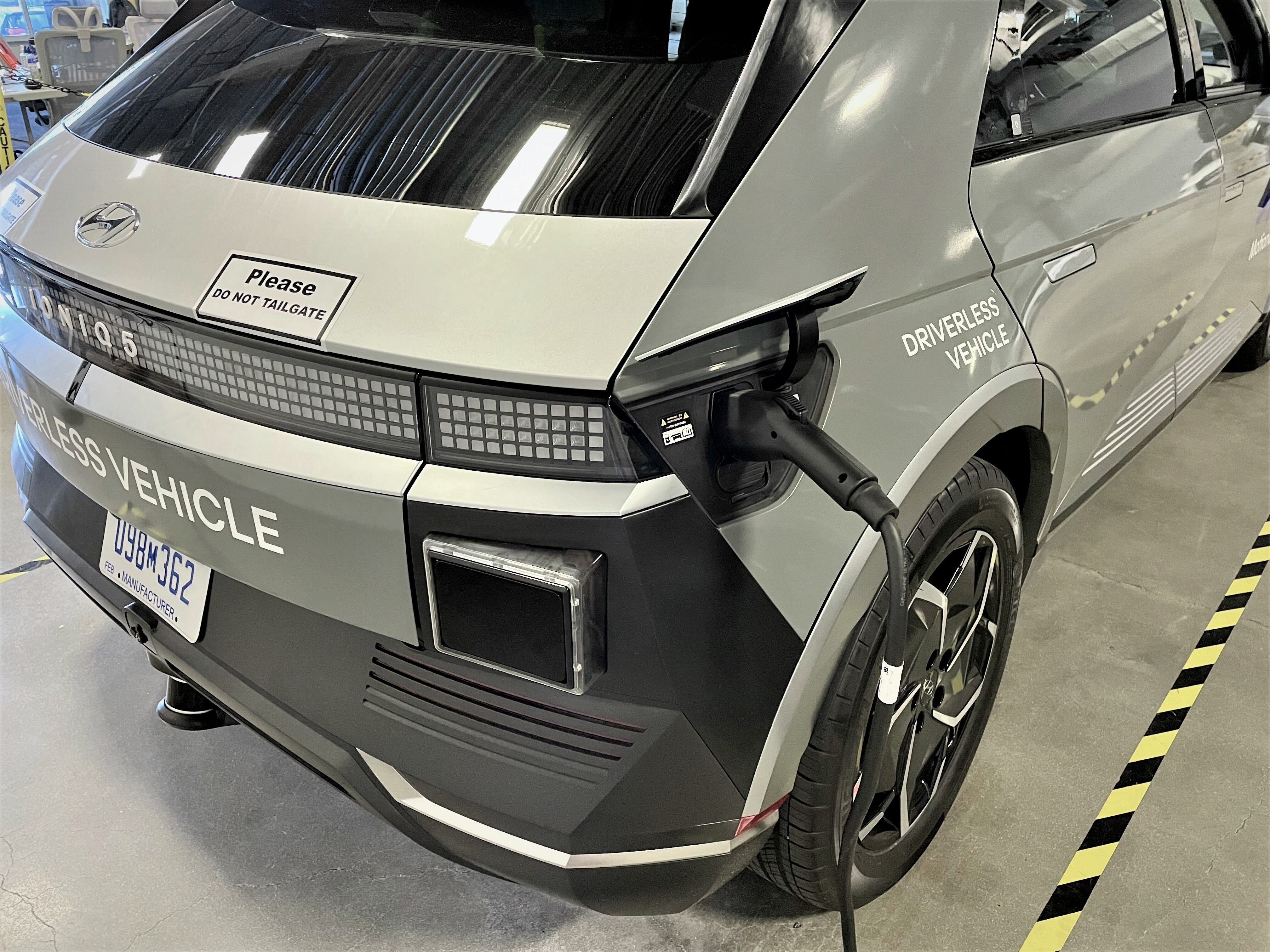
All-electric robotaxis, such as the Motional IONIQ 5, need a reliable power source to charge every day.
Before we start passenger service in a new city, we need a place for the vehicles to return to for regular maintenance and servicing. Vehicle batteries will need to be charged daily. Trip data will need to be offloaded. Regular software updates will be pushed out to vehicles to improve performance and safety. And although many sensors will have self-cleaning capabilities, there’s still a need for basic upkeep.
EAGER PASSENGERS
To make a commercial robotaxi service work we need one other important thing: excited loyal customers. Companies like Motional will bring robotaxi service to communities where there is great need and demand for new mobility options. Motional announced it will start fully driverless passenger service in Las Vegas; we then expect to move into many more markets in the years that follow.
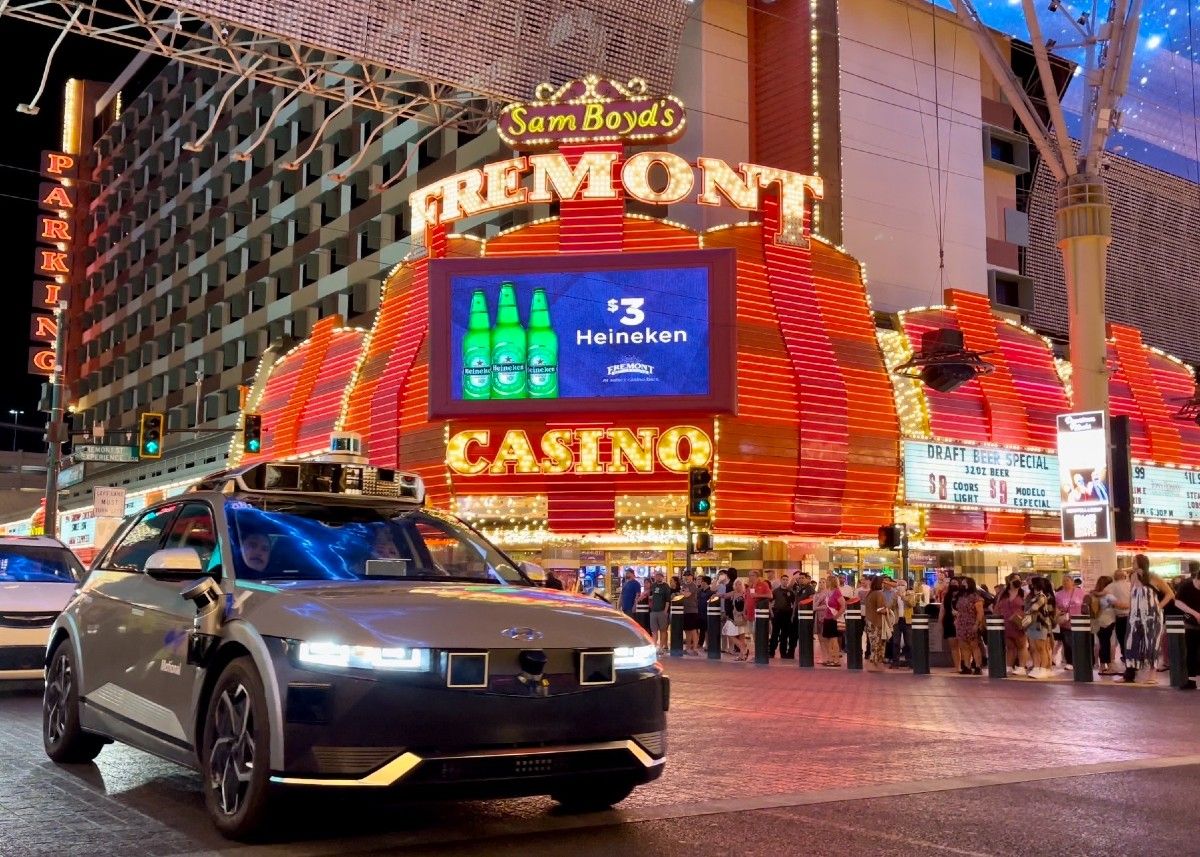
Motional has already given more than 100,000 rides to passengers in Las Vegas.
There’s also a need to make sure our future customers feel informed about AV technology, steps we’ve taken to ensure that the vehicles are safe, and answer any questions they have. We know from our annual Consumer Mobility Survey that people feel they know more about how AVs work, but are still uncertain around safety. So part of our strategy is to take the time to educate passengers and get them ready for an evolution in mobility.
Thanks for reading Motional’s DriverlessEd series. Please continue to send us your questions about robotaxis, how they work, and how they are the future of mobility by tagging us at #DriverlessEd on Twitter and Instagram or DMing us at @motionaldrive.
